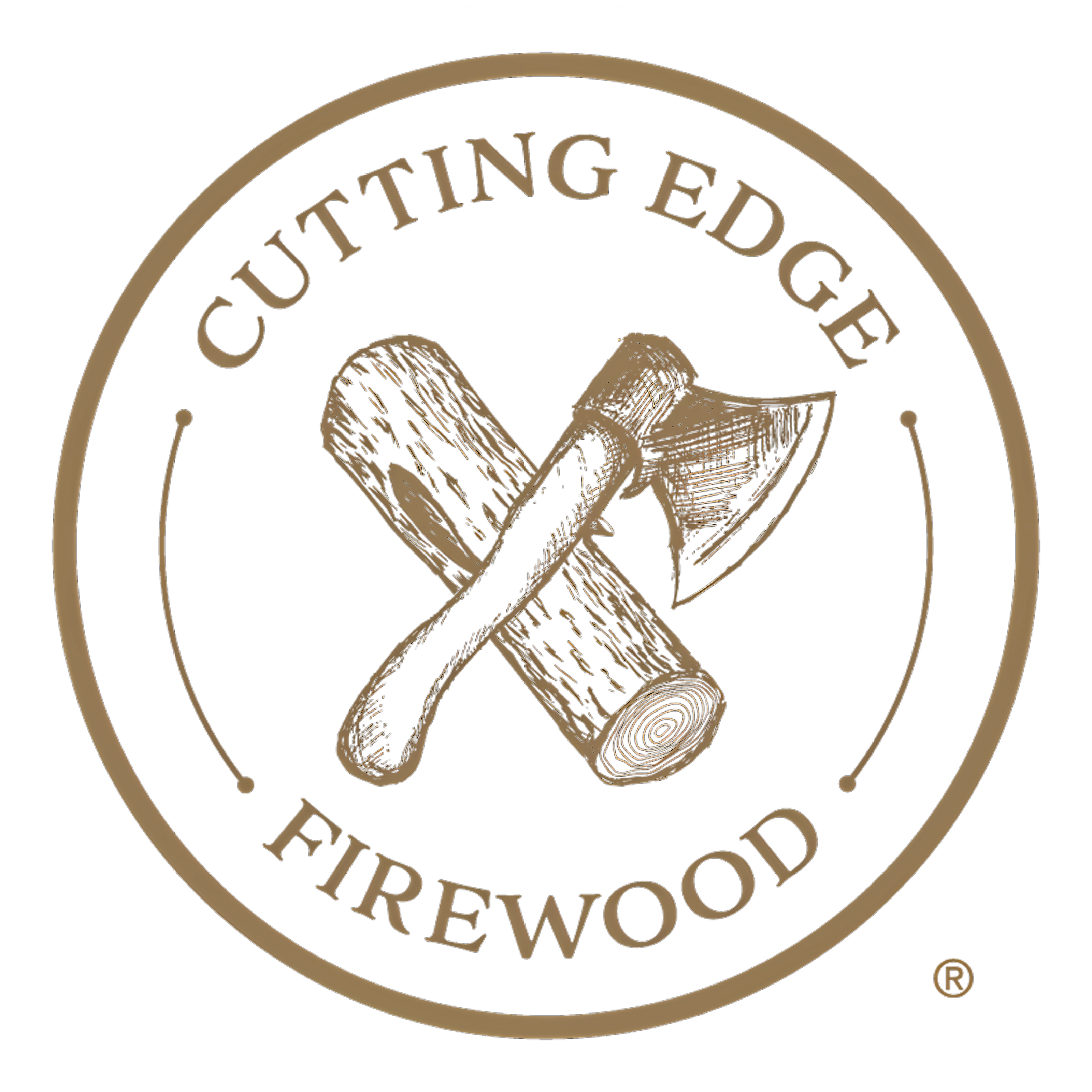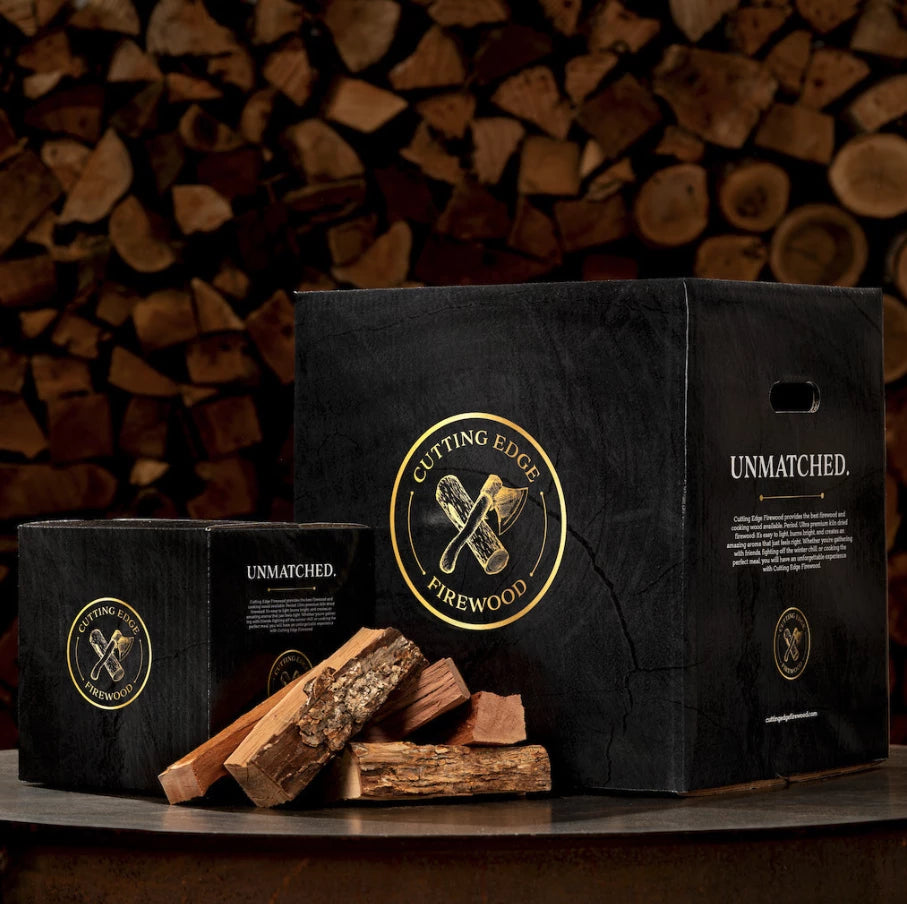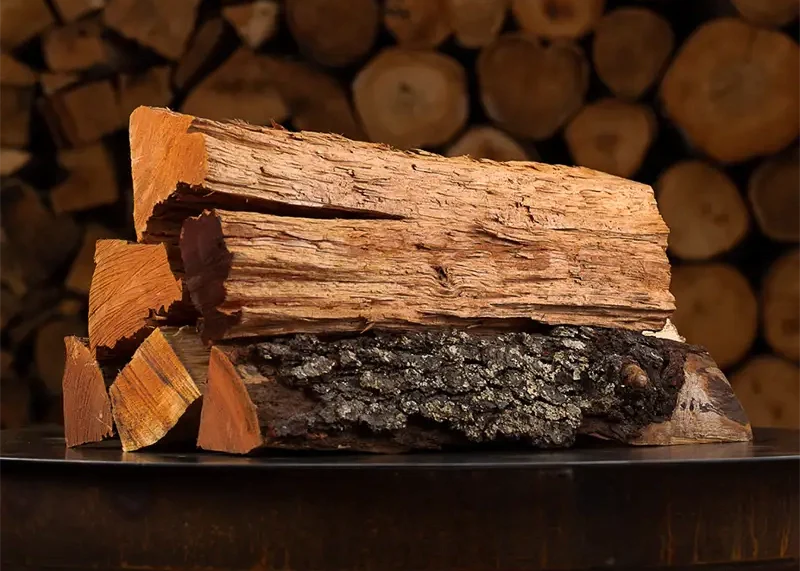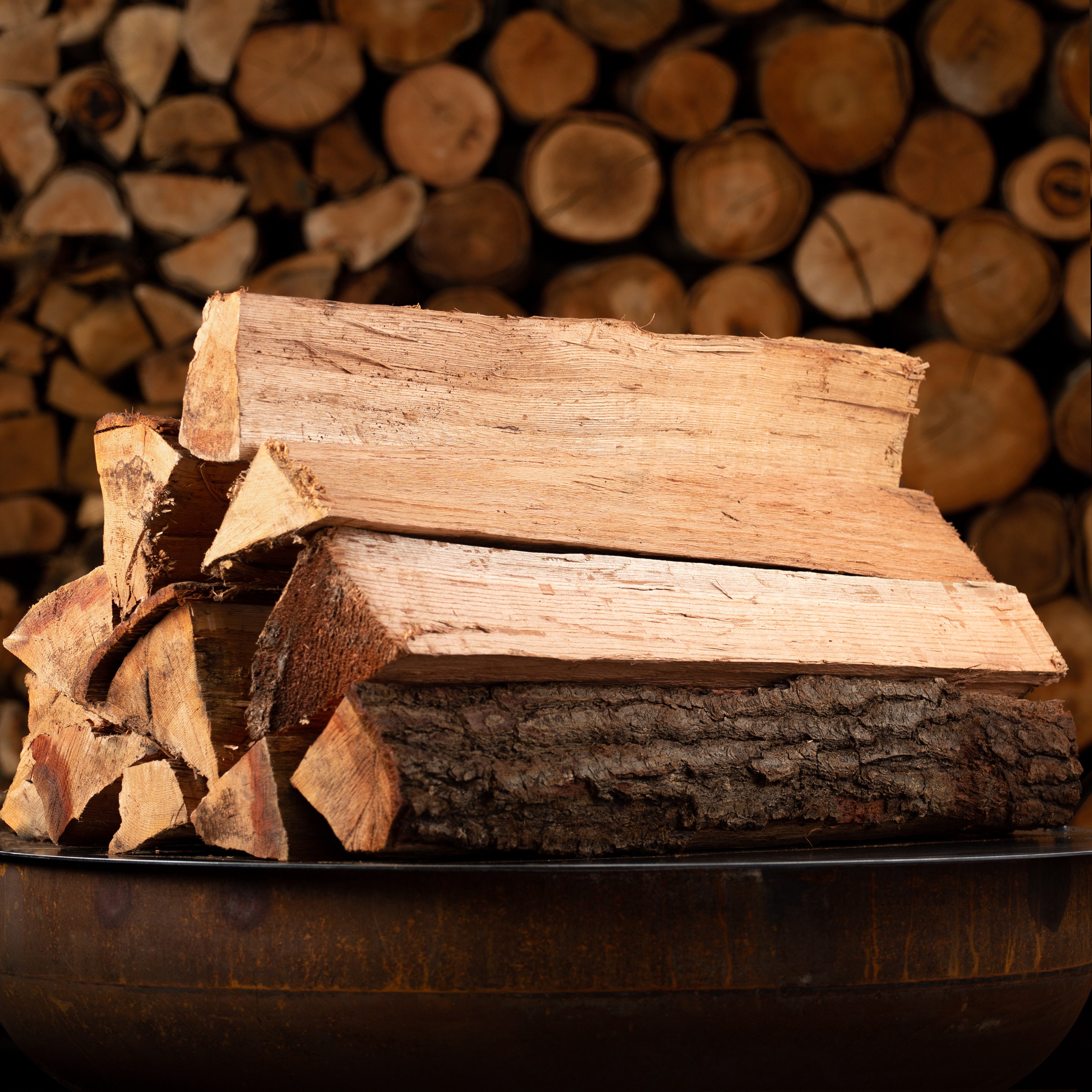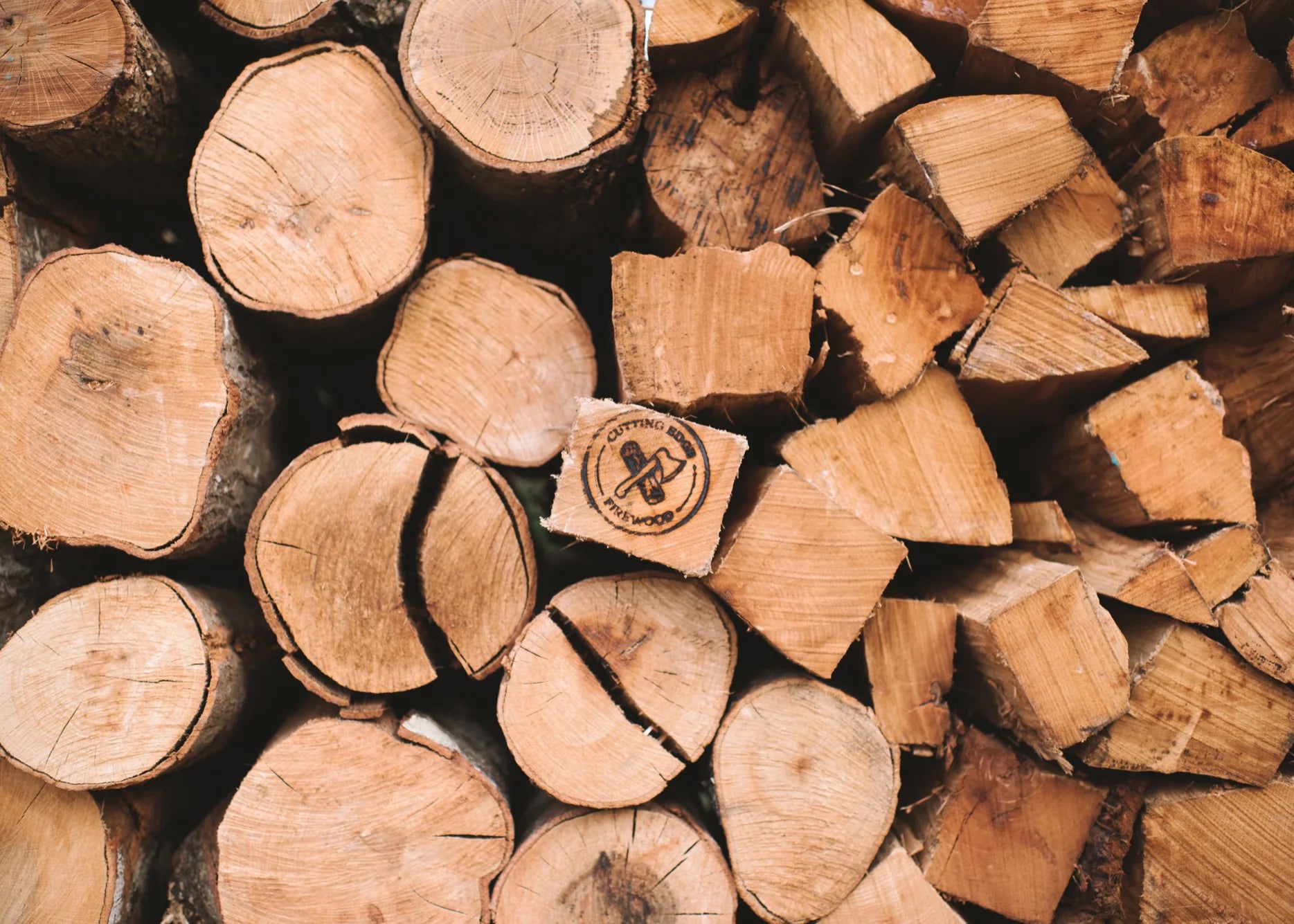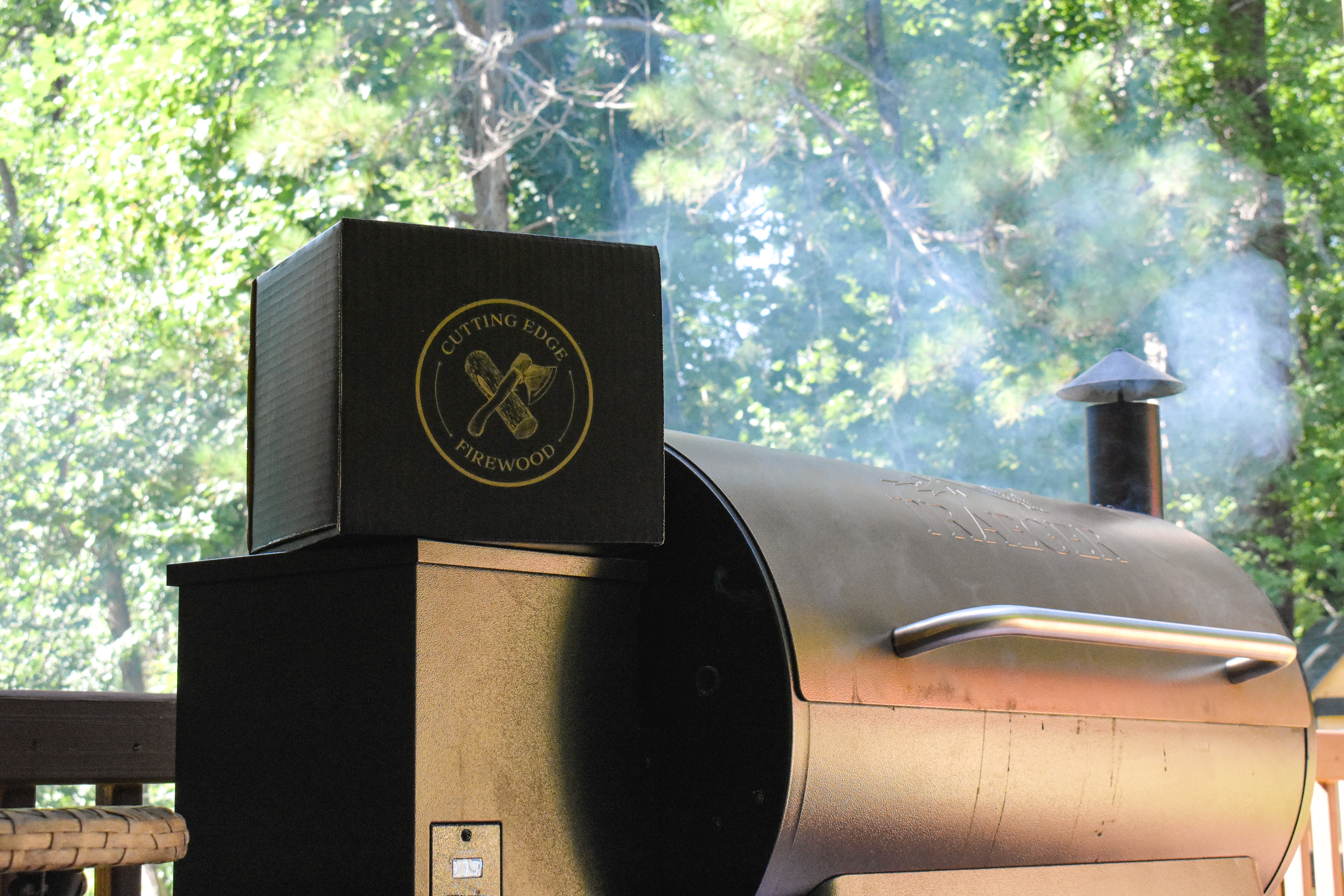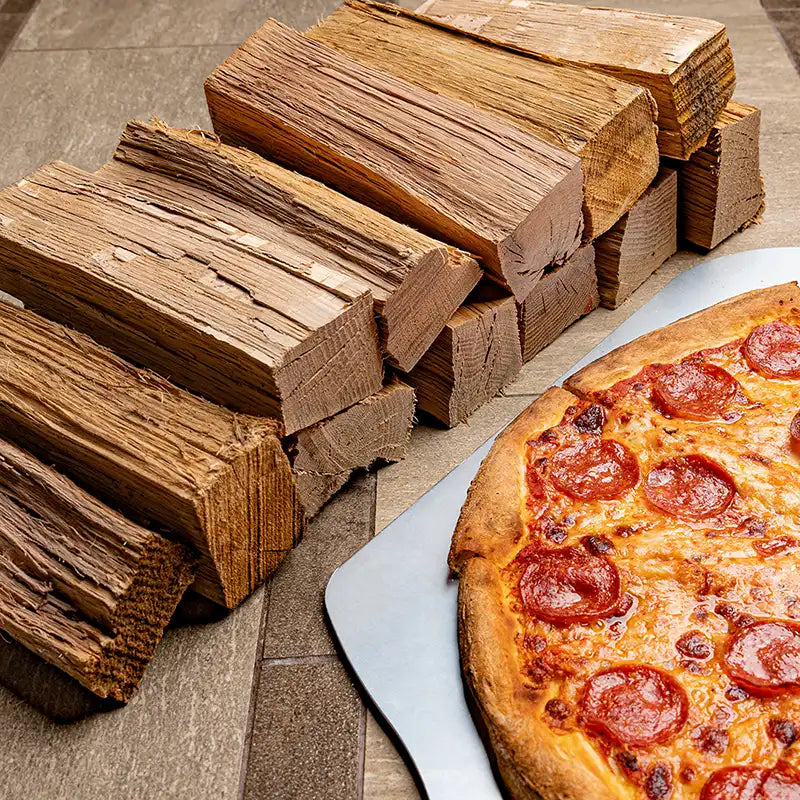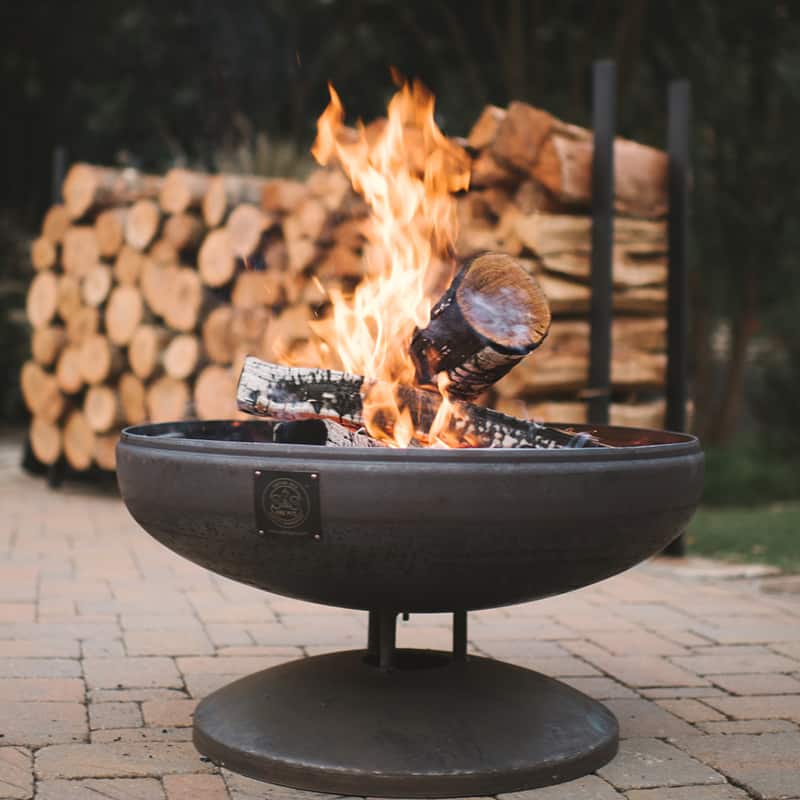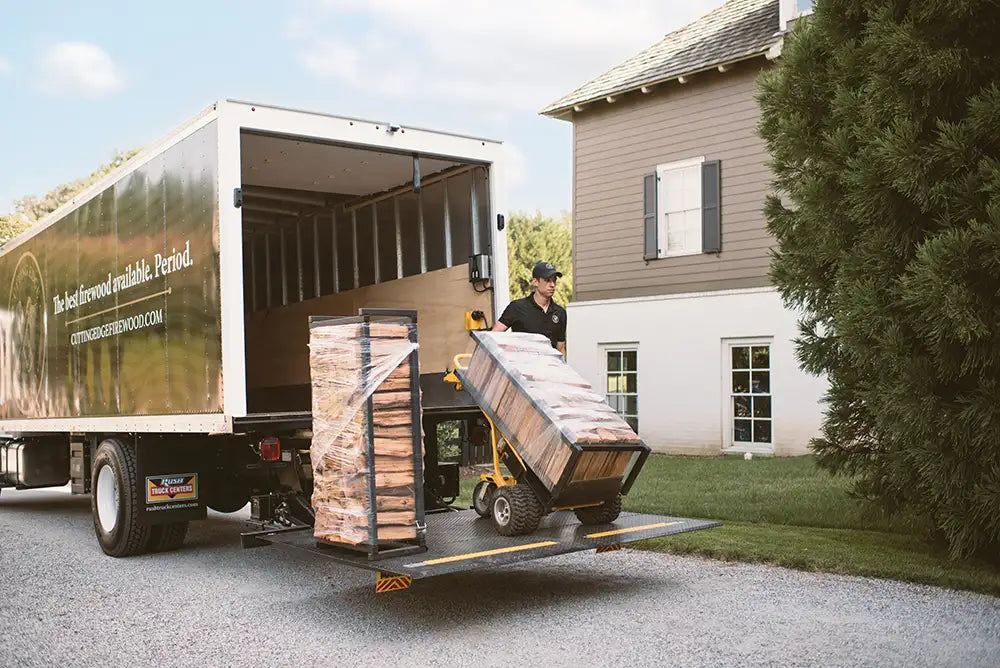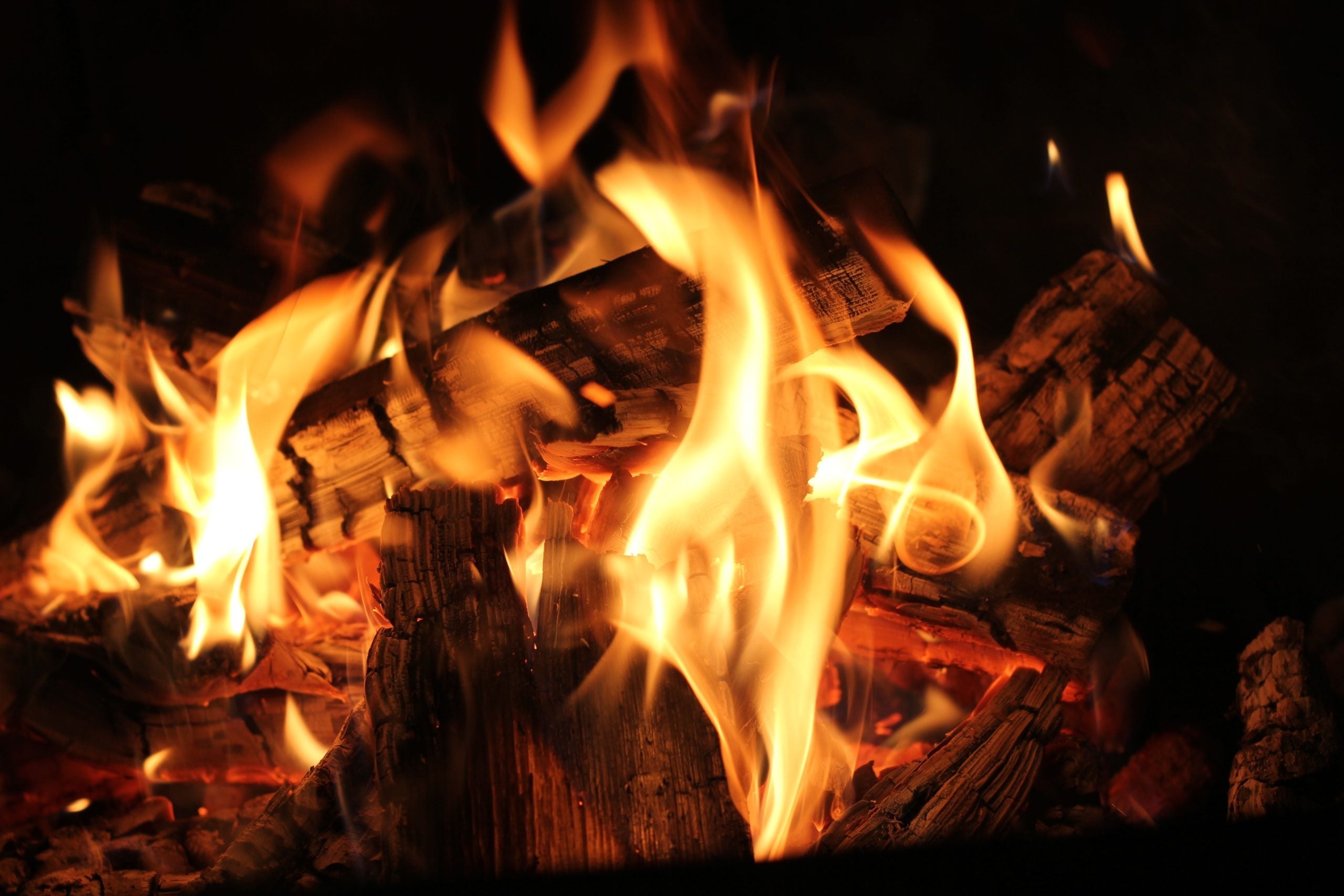Smoke is a byproduct that’s created when organic matter, including wood, burns.
Whether you use a fireplace, a fire pit (including smokeless fire pits), a stove, or a chiminea, it will probably produce smoke. As a result, many people assume that it’s normal for wood-burning fires to produce lots of smoke. The reality, however, is that excess smoke is an indicator of an incomplete combustion process, and if left unchecked, it can lead to several problems.
Why Wood-Burning Fires Produce Smoke
Wood-burning fires produce smoke when the wood doesn’t burn completely. To the naked eye, smoke may look like nothing more than gasses or vapors. If you observe it under a microscope, however, you’ll discover that it contains many small pieces of organic matter.
Also known as particulates, these ultrafine particles are released into the air when wood doesn’t burn completely.
All fires involve the combustion of organic matter, and wood-burning fires are no exception. If the wood doesn’t burn completely — meaning the combustion process is incomplete — it will release smoke as a byproduct.
The Dangers of Smoke
While a little smoke is typically harmless, excess smoke poses several concerns. According to the U.S. Environmental Protection Agency (EPA), exposure to smoke can cause a number of health concerns, including upper respiratory irritation.
When smoke gets into your nose and mouth, it will inadvertently enter your lungs where it causes irritation. People who suffer from asthma or other lung issues are especially at risk for upper respiratory irritation from smoke exposure.
If you suffer from asthma and are exposed to excess smoke, it could trigger an asthma attack.
Smoke is also responsible for the buildup of a black, sticky, and highly flammable substance called creosote. If your home has a fireplace, excess smoke may cause the tar-like creosote to accumulate inside the chimney flue.
As the smoke rises up into the flue, it will stick to the flue’s interior walls. Over time, the flue may become clogged with creosote to the point where it restricts air from entering and leaving through the top of the chimney.
What’s even more concerning, however, is the potential for a house fire. If the creosote inside your fireplace flue heats up enough, it may ignite or trigger an explosion.
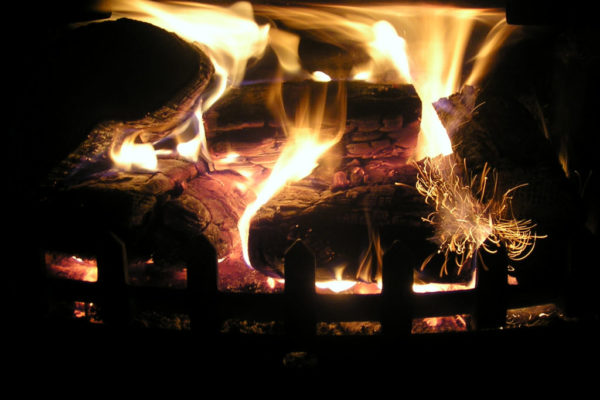
Choose Dry Firewood
To minimize the amount of smoke your wood-burning fires produce, only use dry firewood.
Because it’s an organic material, all wood contains some moisture, but the amount of moisture they contain varies depending on how the wood was processed.
Wood that’s harvested from a free and immediately sold typically has a high moisture content. Known as fresh firewood or green firewood, it may have a moisture content of 100% or higher (yes it can be higher than 100%, that’s not a typo).
At 100%, half of the wood’s weight is in water. All that moisture prevents the wood from burning completely. Some of the “wet” wood will burn, but much of its organic matter will be released in the form of smoke.
Some firewood is processed or “aged” outdoors to lower its moisture content. Known as air-dried firewood, it has an average moisture content of about 20% to 25%.
Even air-dried firewood, however, can produce excess smoke.
To avoid excess smoke, never burn fresh, green, or even air-dried wood. Instead, choose kiln-dried wood. Kiln-dried wood is characterized by an advancing processing method. In terms of performance, it’s superior to all other types of wood.
Kiln-dried firewood is processed in a drying kiln that extracts moisture from its pores and often has a moisture content of just 10% to 15%, making it several times drier than fresh firewood and green firewood.
The exceptionally dry properties of kiln-dried firewood allow it produces little to no smoke when burned.
Choose Hardwood Firewood
In addition to being dry, you should always choose firewood cut from hardwood trees.
Hardwood varieties, such as oak firewood, are denser than softwood varieties like pine. The density, or hardness, of wood refers to the amount of organic matter it contains. With more organic matter, hardwood varieties contain more fuel than their softwood counterparts. Therefore, they undergo a more complete combustion process and produce a brighter and hotter burning fire.
Hardwood firewood is denser than softwood firewood, in part, because it contains less sap. Why does this matter? Like moisture, sap restricts the combustion process. It prevents the wood from burning completely while causing it to produce more smoke as a result.
Hardwood trees still produce resin, but they don’t produce any sap.
Therefore, hardwood firewood burns more completely than softwood firewood to achieve greater heat and less smoke. By sticking with kiln-dried firewood of a hardwood variety, you can rest assured that you won’t get smoked out.
Common types of hardwood firewood include the following:
Increase Airflow
Another way to prevent excess smoke with a wood-burning fire is to increase airflow.
All fires need both organic matter and oxygen to burn. Without either of these elements, they’ll burn out. Starving or otherwise restricting your fire of fresh air will also cause its temperature output to drop.
So, how do you increase airflow in a wood-burning fire?
It really depends on the type of device that you’re using to contain your fire. If you’re building a fire in a fireplace, you can increase airflow by fully opening the flue damper. If the damper is only partially open, less air will be able to enter and leave the fireplace, thereby starving your fire of fresh air.
If you’re building a fire in a fire pit, on the other hand, you should position the fire pit in an area where it’s exposed to some airflow. With greater airflow, your fire will burn brighter and hotter, resulting in less smoke.
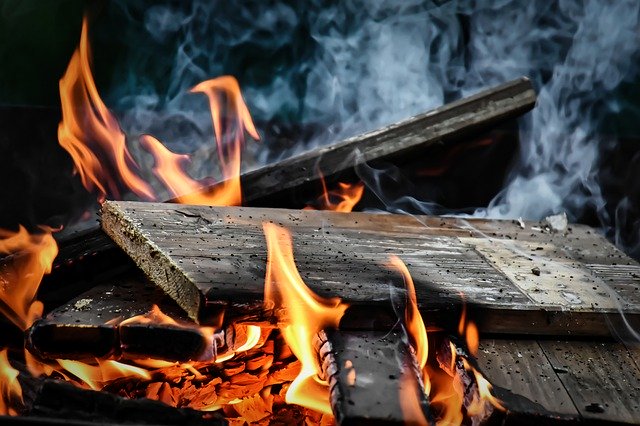
Add More Wood
The amount of wood you burn in a fire will also affect the amount of smoke it produces.
Generally speaking, smaller fires produce more smoke than larger fires. If you only use two or three small logs to build a fire, for instance, you can expect a significant amount of smoke. The fire will burn at a lower temperature (this is known as smoldering), as well, which may prevent some of the organic matter from burning completely.
To prevent your home or outdoor living space from being smoked out, build large fires using lots of dry, hardwood firewood. You should also keep your fires going by adding more wood when needed.
If the fire is dying down, toss a few new pieces of kiln-dried firewood into it.
The bottom line is that it’s not normal for a wood-burning fire to produce a lot of smoke, and this excess smoke is a sign of incomplete combustion. If the wood doesn’t burn completely, it will release airborne particulate matter in the form of smoke.
Experience the difference kiln-dried firewood makes in your fires by visiting our firewood for sale today.
Cutting Edge Firewood offers unmatched kiln-dried firewood. We offer a variety of the world’s finest firewood, including oak, hickory, cherry, and more.
